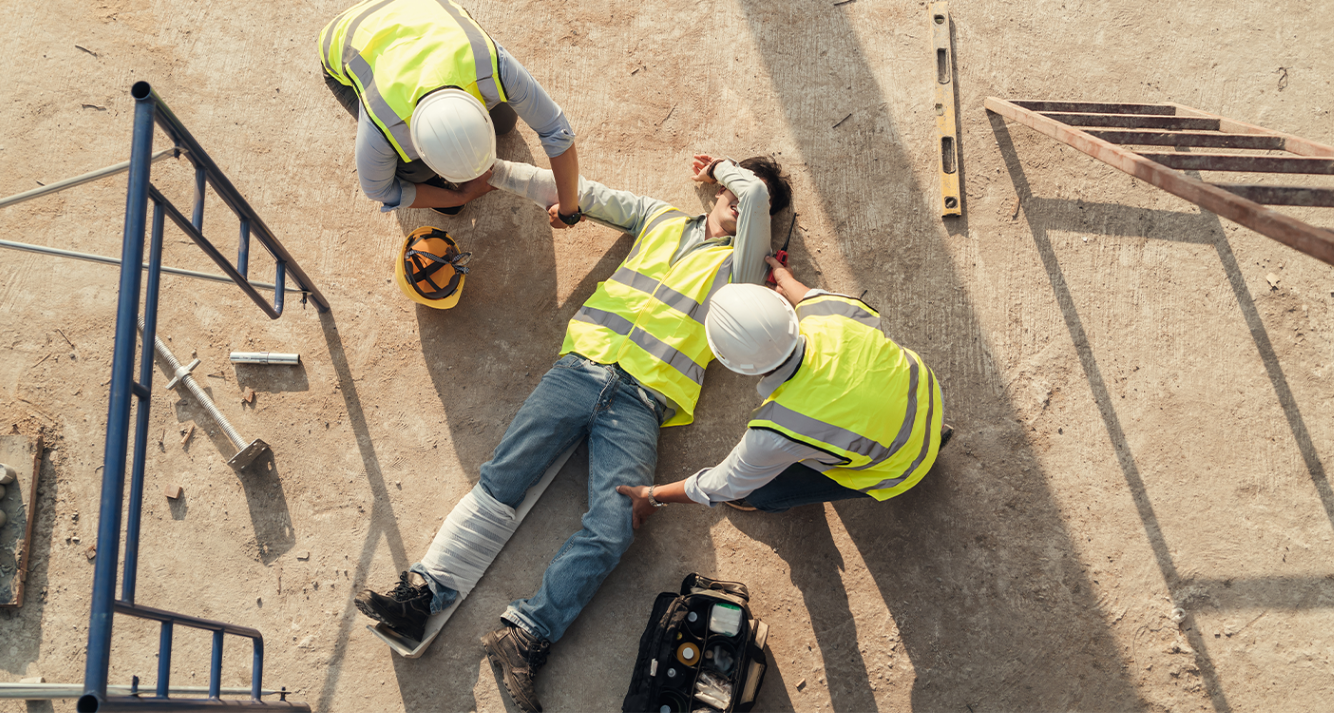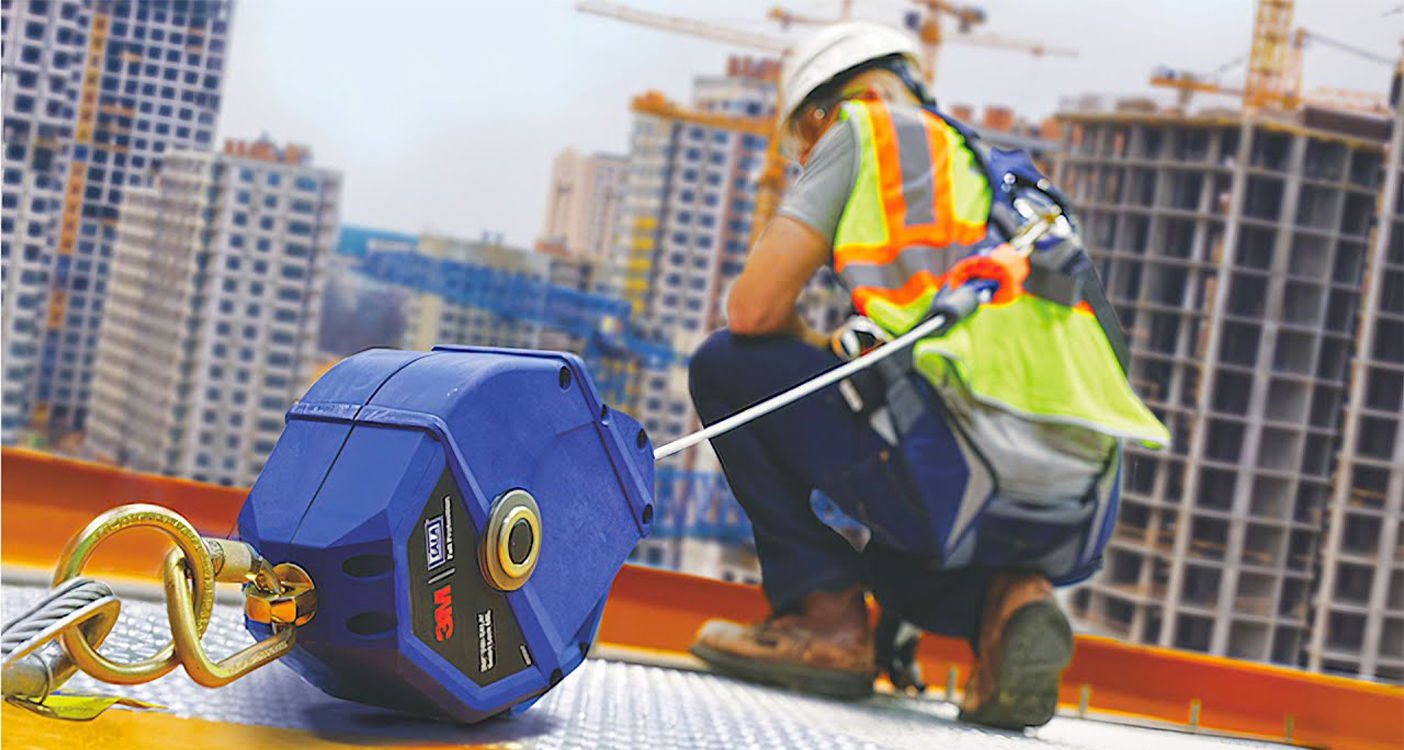|
|
|  | Fall ProtectionSome activities at Northwestern, such as maintenance and inspections, may require you to access elevated work locations that pose a fall hazard (e.g., rooftops, platforms, and scaffolding). Other work locations near ground level may also pose fall risks, such as loading docks, floor openings, and open utility hatches.
Falls can cause serious injury or even death if precautions aren't in place, so it's important that you understand the hazards, requirements, and procedures to ensure your safety while working around fall hazards.
If your job exposes you to potential fall hazards, ensure you are up-to-date on your biennial Fall Protection Awareness safety training in myHR Learn. | |
|
| StatisticsFor 13 consecutive years, The Occupational Safety and Health Administration (OSHA) Fall Protection Standard is the most cited workplace health and safety standard, accounting for 31% of all citations issued. According to the Bureau of Labor Statistics, there were 680 workplace fatalities in 2021 associated with falls from elevations, which is about 13% of all workplace deaths. Most fatal falls are from 20 feet high or less, and the most common falls are from roof edges and openings, scaffolds, and through skylights. |
|
| RequirementsOSHA and Northwestern's Fall Protection Program require you to be protected from fall hazards at or above 4 feet in height. To determine if you need fall protection, each work area must be assessed to identify potential fall hazards and appropriate control measures prior to the work. This could be a simple solution, such as guardrails on a rooftop or a cover over a floor opening. If a more comprehensive solution is needed (e.g., body harness and lifeline), you will need hands-on training and equipment inspections before use. Contact your supervisor if any tasks require working at heights to ensure adequate measures are in place. |
|
|  | TrainingTraining is essential for recognizing and avoiding fall hazards and ensuring equipment is functional and utilized properly. If your tasks require working at heights, you must be trained as an Authorized Person. Those who oversee work involving fall hazards (e.g., supervisors) are required to also complete Competent Person training - providing the authority and knowledge to take prompt, corrective measures to eliminate fall hazards and develop procedures. This training is required every 3 years and is provided by Northwestern Environmental Health and Safety. Contact ehs@northwestern.edu to learn more. |
|
| Falling objectsKeep in mind when you are working at heights that improperly secured tools, equipment, and materials can become dangerous falling objects. Follow these tips to keep people below safe:
- Tether tools so that if dropped, they won't fall
- Practice good housekeeping by keeping all items away from edges where they could fall
- Use nets or canopies to catch materials if they were to fall
- Barricade areas below and post signage so that people don't enter the potential fall zone
- Ensure everyone working in the vicinity is wearing appropriate head protection (i.e., hard hats)
|
|
| Heights can be deceiving Identifying fall hazards isn’t always easy because appearances can be deceiving, often affected by our own perceptions.
For example, if you’re 6 feet tall, you’re taller than a 4-foot-high platform, which makes it easy to assume the platform isn’t a fall hazard. However, if you’re standing on that platform, you are now looking down from a height of 10 feet. If you fall, even from 4 feet, you could be seriously injured.
Did you know?
In a fall, you will travel about 4 feet in a half second, 16 feet in 1 second, and 50 feet in 1.7 seconds! |
|
| Safety at homeFalls are a leading cause of death at home from activities at heights such as roof maintenance and using portable ladders. Follow these guidelines to keep you and your family safe:
- Use extension tools to change light bulbs and clean gutters from the ground instead of climbing on ladders or accessing roofs
- Never work near unprotected roof edges without proper fall protection in place
- Avoid losing your balance when working at heights by not over-reaching and ensuring your footwear has non-slip soles
- Avoid working in hazardous environments, such as high winds, rain, or snowy/icy conditions
|
|
| Do you want to learn more? |
|
|
|
|



